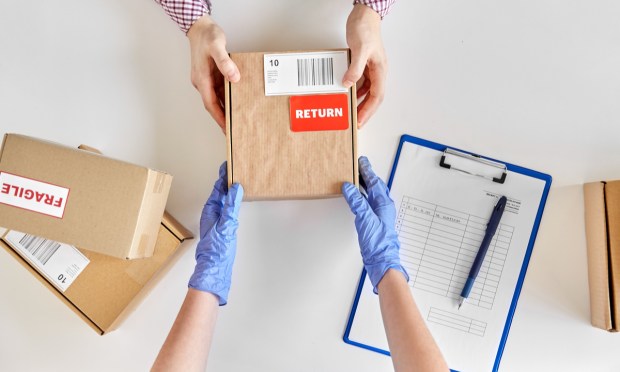
The holiday shopping season has come to a close. The holiday returns season has just begun, and if past years are any indication, consumers could be set to send back a lot of stuff.
As The Wall Street Journal (WSJ) reported Tuesday (Dec. 26), data from the National Retail Federation shows that shoppers last year returned 16.5% of items they purchased online and in stores — double the percentage of goods returned in 2019.
The report said many retailers will devote much of their attention to the issue, turning their attention from their showrooms to their stockrooms as goods start coming back.
It’s a problem that’s become more pronounced in recent years, as shoppers during the pandemic grew accustomed to ordering items in a variety of sizes and colors and returning what they didn’t want.
From Thanksgiving until the end of January, consumers in the U.S. are projected to return $173 billion in goods, WSJ said, citing data from returns-services provider Optoro.
“We’re heading for a trillion dollar problem here,” Tom Enright, a retail analyst at research firm Gartner, told WSJ.
He estimated that companies lose roughly half of their margins on returns when taking into account the cost of selling the item and processing the returns.
And as PYMNTS wrote earlier this year, the landscape surrounding returns has changed. Customers expect a straightforward and no-cost returns process.
In fact, PYMNTS Intelligence shows 33.4% of American consumers consider free online returns — meaning retailers providing no-cost online returns with printable shipping labels — to be very or extremely important.
“The option to change their minds about an item or rectify their dissatisfaction without paying extra is considered essential,” the report said. “This expectation has become widespread, making free returns a standard practice in the industry. Consumers seek out retailers that offer this service.”
But as noted here, the economic landscape has pressured retailers to rethink their return policies, as rising costs for shipping, processing and handling have made it difficult for them to absorb the expense of free returns. Some companies are being forced to start charging for returns that were once free.
In an interview with PYMNTS, Loop Returns CEO Jonathan Poma discussed the state of returns, and the considerations for retailers to regain their costs.
“If you want to charge, you better be damn sure you’re delivering an exceptional returns experience and exceptional purchase experience,” Poma said.